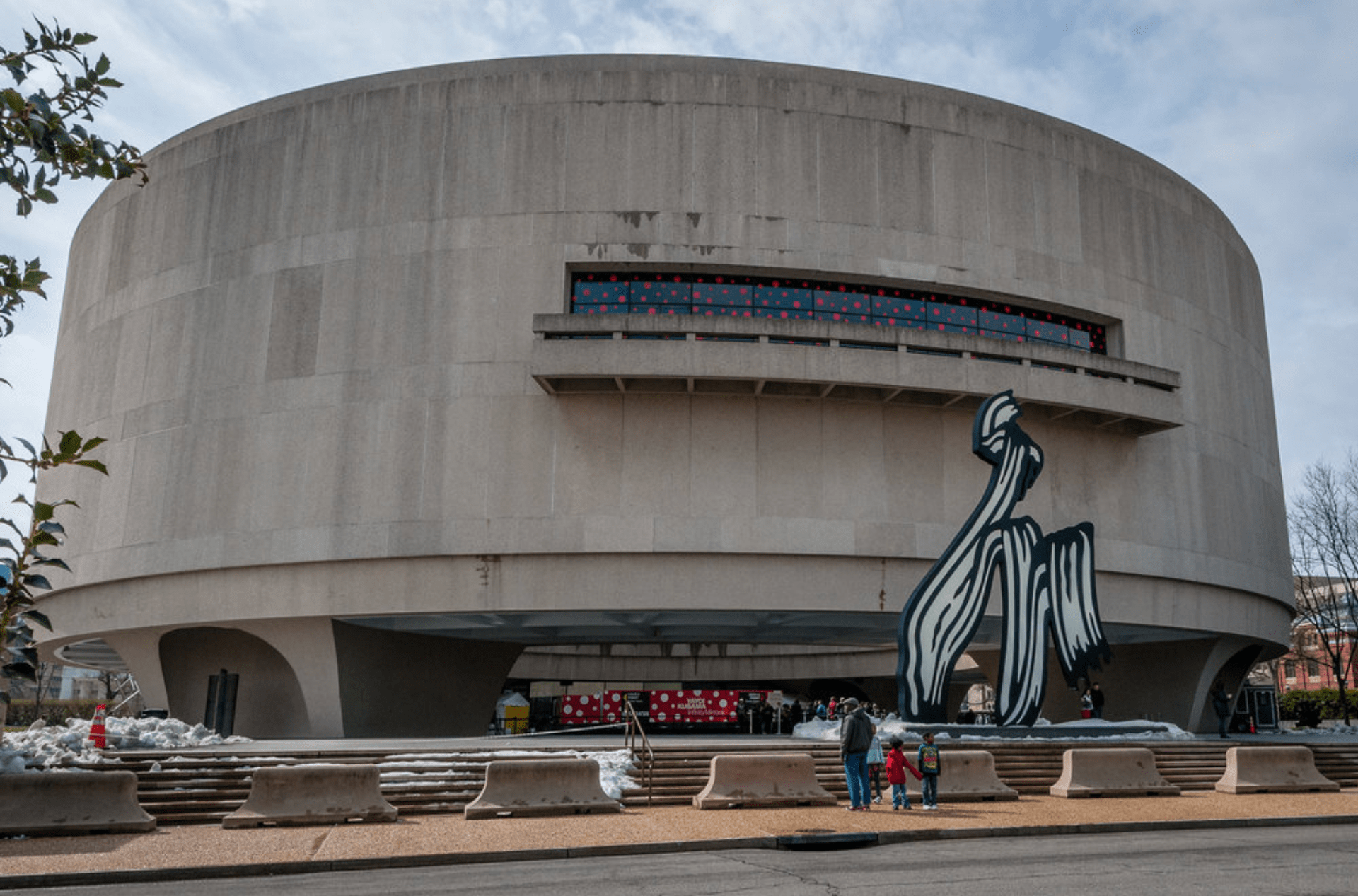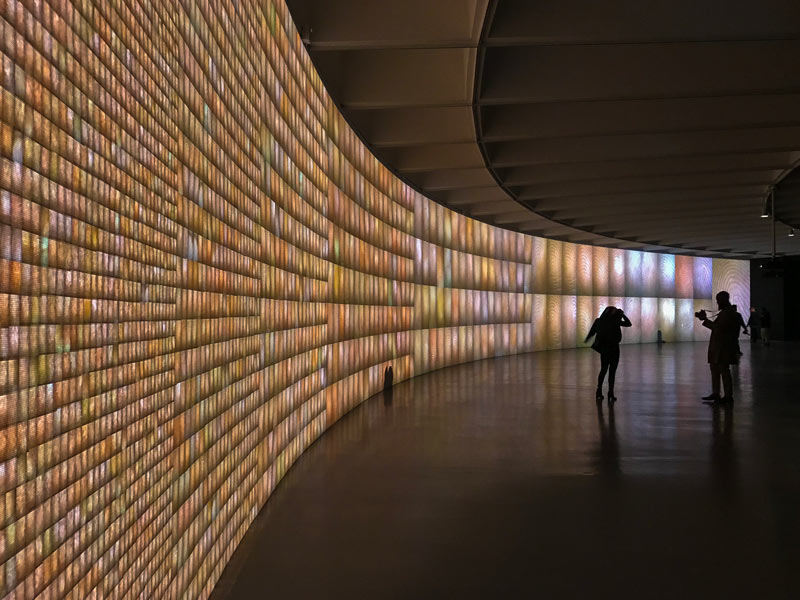Perverting Technological Correctness
The editor of Disobedient Electronics Garnet Hertz writes, “Industrial design - and the creation of experimental electronic objects - is a useful tool to communicate complex issues, like the wage gap between women and men, homophobia, racism, surveillance and privacy, human rights, economic disparity, climate change or other topics. This directly borrows from a host of approaches, including ….. Lozano-Hemmer’s Perversion of Technological Correctness…”
In 1996, Mexican-Canadian artist, Rafael Lozano-Hemmer published a curatorial statement in the Leonardo journal titled Perverting Technological Correctness in which he profiled nine artworks that “are a testament to the inevitability rather than the novelty of technology. These pieces embrace intervention, criticism and humor. They tend to restrict the participant to certain preestablished perspectives, which is an unfashionable stance in Technologically Correct art. The strength of these pieces is in the definition and affirmation of their specific limitations, rather than in the promise of their media.”
Hertz outlines Lozano-Hemmer’s nine possible strategies in which Technological Correctness (TC) can be perverted in a 1996 blog post responding to the Leonardo publication.
Instead of technology imitating reality, allow technology itself to be imitated.
Misusing a technology's function provides an interesting inversion.
Stretching assumed roles around who is using technology and who is supposed to be using technology.
Non-digital "virtual" artwork as a valid exploration.
Technology does not always need to be presented in a format which maximizes pleasure.
Often assuming that technology will only take humankind to a better place, society rarely considers negative outcomes of technology.
Spontaneous use of technological materials can be used in a performance context.
Integrating odd digital and analog systems goes against the notion of Technologically-Correct efficiency.
Not able to be perfectly duplicated, work based in direct experience and process poses a problem to the ideal reproducibility of the digital realm.
Hertz writes that the “theory and artwork presented by Rafael Lozano-Hemmer is enormously refreshing. His divergent strategies of perverting technological correctness are a welcome sight in a forum which is lacking coherent focus and language. Beyond elementary anti-technology dialogue, Lozano-Hemmer presents constructive and invigorating examples of artists utilizing inverted applications of technology -- perverting the concepts of progress, comfort, and ease which often pervade the technologically-saturated society which is occurring around us.”
It seems like Lozano-Hemmer’s interests were speculative and critical before those terms were popularized by Anthony Dunne in his 1999 book Hertzian Tales. (Critical Design) Upon further research, Rafael Lozano-Hemmer’s work is highly political, tackling themes of Surveillance, fascism, data mining, and something he calls Relational Architecture which is “aimed to transform the dominant narratives of a specific building or urban setting by superimposing audiovisual elements to affect it, effect it and re-contextualize it.” (Wikipedia)
In December, I had the pleasure of seeing some of Rafael Lozano-Hemmer’s current work at the Hirshhorn Museum in Washington DC. The Hirshhorn is a unique museum, both in its round architecture and because it was the first museum in DC dedicated to contemporary art and culture. The large-scale solo exhibition (his first in the US) features three works from his Pulse series in the "Hirshhorn’s largest interactive technology exhibition to date, which [fills] the museum’s entire second-floor galleries with evocative, immersive environments that use heart-rate sensors to create kinetic and audiovisual experiences from visitors’ own biometric data." (Smithsonian)
The first part of the exhibition is Pulse Index where fingerprints are displayed on a curved wall. A sensor scans the fingerprints of willing participants and displays them in a responsive grid which gets increasingly tighter as more fingerprints are scanned. The second part of the exhibition is Pulse Tank where willing participants have their heart rate monitored and turned into waves in small shallow pools of water. These waves are accompanied by the sound of the heartbeat. My favorite part came at the end of the show as you enter a cavernous and dark room called Pulse Room. Very gently lightbulbs on the ceiling are lit in waves, mimicking the heart-beat of a participant at the other side of the room. There is a bass heavy rumble in the room which is the sound of 200 heartbeats at the same time.
It seems as though Hemmer continues to work with his divergent strategies of perverting technological correctness – such as Adapting the Digital to Reinterpret the Analog, Performative Action, Stereotype Bending, and perhaps Misuse of Technology. Bulbs were invented to light spaces, not reproduce bio data. Overall, I found Pulse to be a thought-provoking, engaging, and aesthetically gorgeous exhibition. I hope it comes to London!


Interview with Rafael Lozano-Hemmer in Aesthetica
Interview with Rafael Lozano-Hemmer for the Ars Electronica 2001 Catalog
Rafael Lozano-Hemmer Artist Talk
Documentary feature film about Rafael Lozano-Hemmer
The Hirshhorn Museum